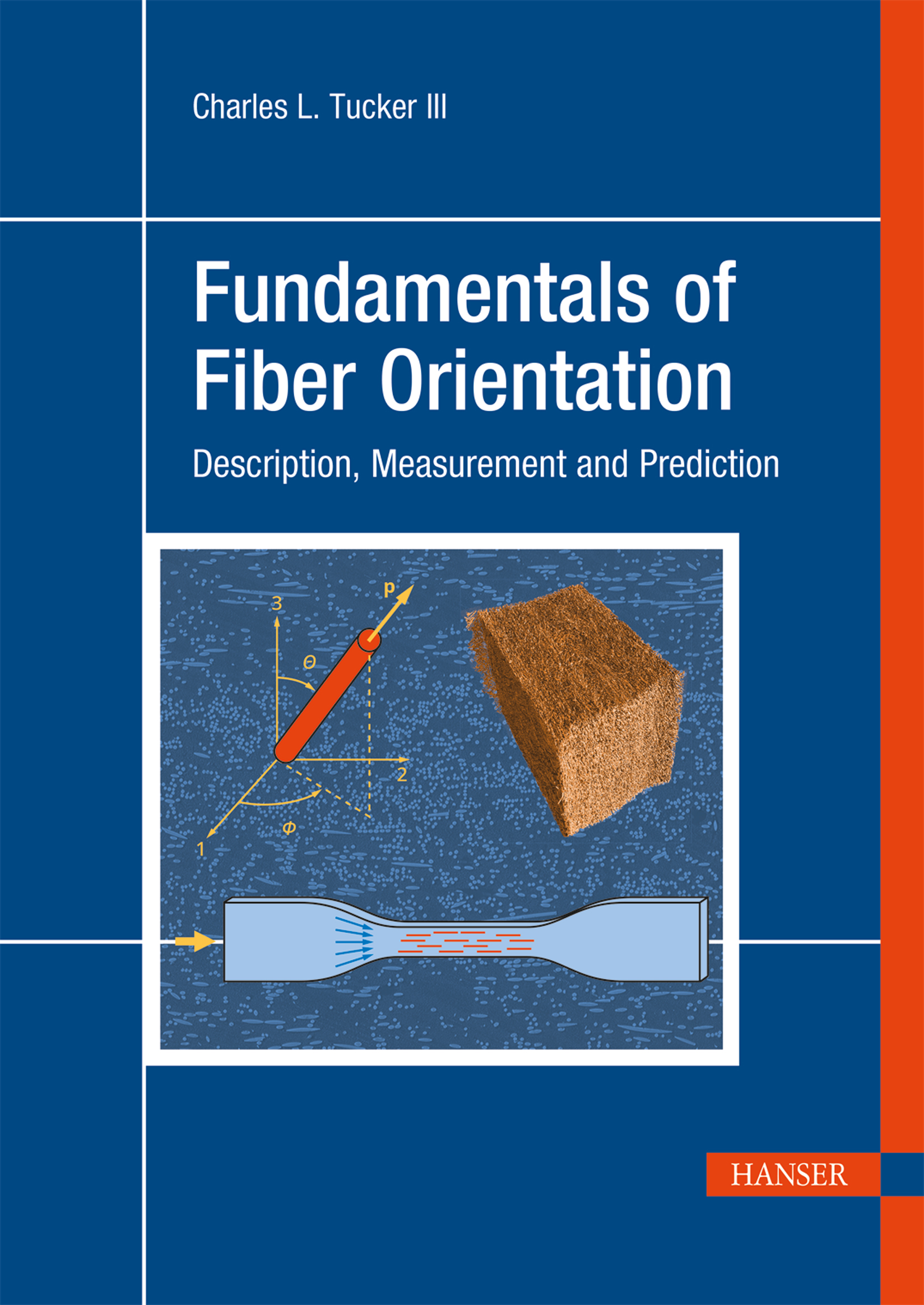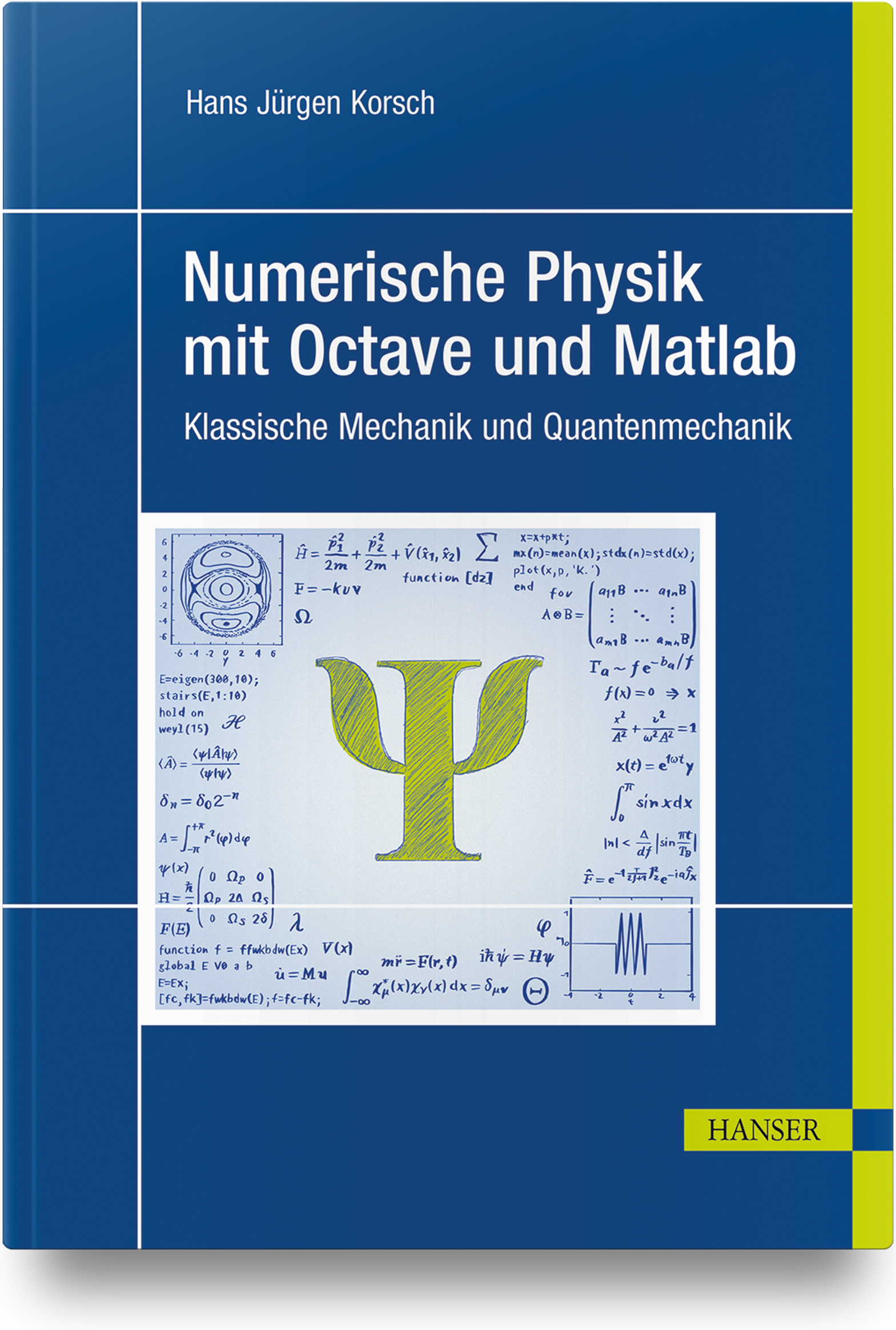- Grundlagen
- Maschinenbau allgemein
- Technische Mechanik
- Technische Thermodynamik
- Technische Optik
- Werkstoffe
- Management
- Konstruktion
- Konstruktion allgemein
- CATIA
- NX
- Pro/Engineer & Creo Parametric
- SolidWorks
- Inventor
- Weitere Systeme
- Sie sind hier:
- Fachbuch
- Kunststofftechnik
- Werkstoffe und Anwendungen
- Fasern
Fundamentals of Fiber Orientation
Description, Measurement and Prediction
inkl. MwSt., ggf. zzgl. Versandkosten
sofort lieferbar
- ISBN: 978-1-56990-875-4
- Buchangaben: 1. Auflage, 03/2022
352 Seiten, Fester Einband, komplett in Farbe
The primary focus of this unique book is fi ber orientation: how to describe it mathematically, how to measure it experimentally, and how to predict it using models available in commercial software. The book also covers the description, measurement, and modeling of fiber length, another important variable that can be predicted by commercial software. The connection between fiber orientation and mechanical properties is explained, as is the relationship between fiber orientation and rheological properties in the fluid state. “Fundamentals of Fiber Orientation” focuses on the models used in current engineering practice, but also discusses topics from current research that could transition to engineering practice soon.
For practicing engineers, this book teaches the fundamentals needed to understand data, set up meaningful simulations, and interpret results. The book provides a thorough, organized overview of the field, and will also be a valuable resource to those undertaking research in this area. Free MATLAB software implementing the models discussed in the book is provided online.
Contents:
Introduction
Describing Fiber Orientation and Fiber Length
Measuring Fiber Orientation and Length
Flow Orientation of Single Fibers
Flow Orientation of Groups of Fibers
Suspension Rheology and Flow-Orientation Coupling
Fiber Length Degradation during Processing
Mechanical Properties and Orientation
Current and Future Trends
Appendices
The primary focus of this unique book is fi ber orientation: how to describe it mathematically, how to measure it experimentally, and how to predict it using models available in commercial software. The book also covers the description, measurement, and modeling of fiber length, another important variable that can be predicted by commercial software. The connection between fiber orientation and mechanical properties is explained, as is the relationship between fiber orientation and rheological properties in the fluid state. “Fundamentals of Fiber Orientation” focuses on the models used in current engineering practice, but also discusses topics from current research that could transition to engineering practice soon.
For practicing engineers, this book teaches the fundamentals needed to understand data, set up meaningful simulations, and interpret results. The book provides a thorough, organized overview of the field, and will also be a valuable resource to those undertaking research in this area. Free MATLAB software implementing the models discussed in the book is provided online.
Contents:
Introduction
Describing Fiber Orientation and Fiber Length
Measuring Fiber Orientation and Length
Flow Orientation of Single Fibers
Flow Orientation of Groups of Fibers
Suspension Rheology and Flow-Orientation Coupling
Fiber Length Degradation during Processing
Mechanical Properties and Orientation
Current and Future Trends
Appendices
Charles L. Tucker, III, is Research Professor and Alexander Rankin Professor Emeritus at the University of Illinois at Urbana-Champaign. He was previously Vice Provost for Undergraduate Education and Innovation (2013-2017) and Associate Dean for Undergraduate Programs, College of Engineering (2008-2013) at that university. He developed the method used worldwide to predict the orientation of reinforcing fibers in injection-molded polymer composites. He was editor of the book "Computer Modeling for Polymer Processing" (Hanser, 1989) and coauthor of the book "Modeling in Materials Processing" (Cambridge University Press, 2001).
Charles L. Tucker, III, is Research Professor and Alexander Rankin Professor Emeritus at the University of Illinois at Urbana-Champaign. He was previously Vice Provost for Undergraduate Education and Innovation (2013-2017) and Associate Dean for Undergraduate Programs, College of Engineering (2008-2013) at that university. He developed the method used worldwide to predict the orientation of reinforcing fibers in injection-molded polymer composites. He was editor of the book "Computer Modeling for Polymer Processing" (Hanser, 1989) and coauthor of the book "Modeling in Materials Processing" (Cambridge University Press, 2001).
"The primary focus of this unique book is fiber orientation: how to describe it mathematically, how to measure it experimentally, and how to predict it using models available in commercial software. The book also covers the description, measurement, and modeling of fiber length, another important variable that can be predicted by commercial software. The connection between fiber orientation and mechanical properties is explained, as is the relationship between fiber orientation and rheological properties in the fluid state. 'Fundamentals of Fiber Orientation' focuses on the models used in current engineering practice, but also discusses topics from current research that could transition to engineering practice soon." Technical Gazette, 30, 6(2024)
"The primary focus of this unique book is fiber orientation: how to describe it mathematically, how to measure it experimentally, and how to predict it using models available in commercial software. The book also covers the description, measurement, and modeling of fiber length, another important variable that can be predicted by commercial software. The connection between fiber orientation and mechanical properties is explained, as is the relationship between fiber orientation and rheological properties in the fluid state. 'Fundamentals of Fiber Orientation' focuses on the models used in current engineering practice, but also discusses topics from current research that could transition to engineering practice soon." Technical Gazette, 30, 6(2024)
Die Coverdateien dürfen Sie zur Bewerbung des Buches honorarfrei verwenden.
Die Coverdateien dürfen Sie zur Bewerbung des Buches honorarfrei verwenden.
Carl Hanser Verlag GmbH & Co KG
Kolbergerstr. 22
81679 München
E-Mail: info@hanser.de
Sicherheitshinweis entsprechend Art.9 Abs. 7 Satz 2 GPSR entbehrlich
Carl Hanser Verlag GmbH & Co KG
Kolbergerstr. 22
81679 München
E-Mail: info@hanser.de
Sicherheitshinweis entsprechend Art.9 Abs. 7 Satz 2 GPSR entbehrlich





